How to build successful human capital management strategies
In an agile business environment, HR leaders and senior management are becoming ever more resourceful…
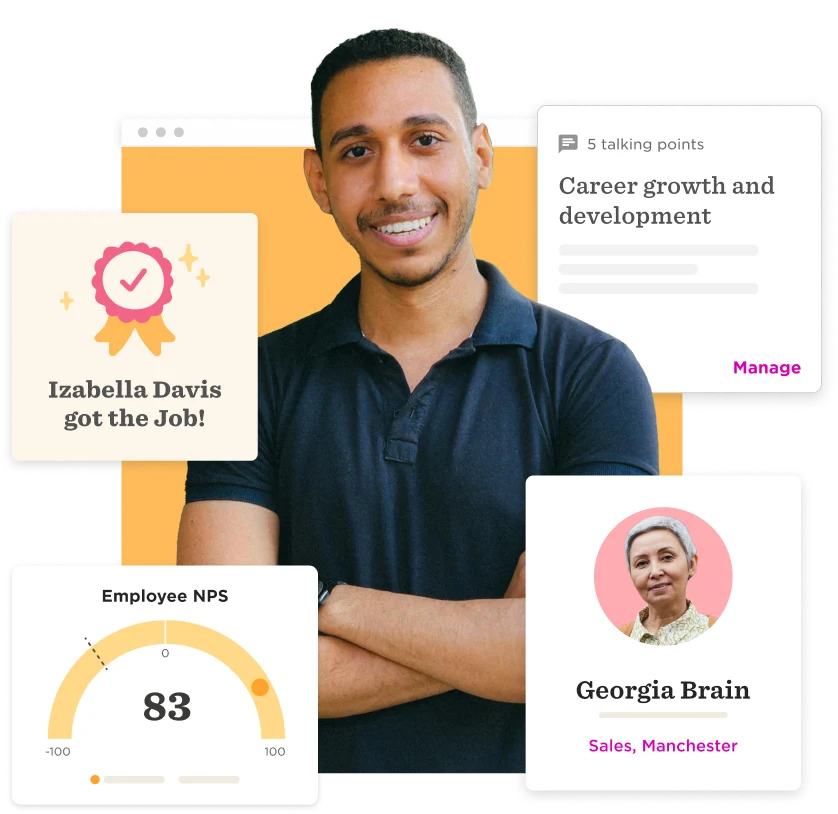

Support your people with modern HCM software that powers productivity, engagement, and retention.


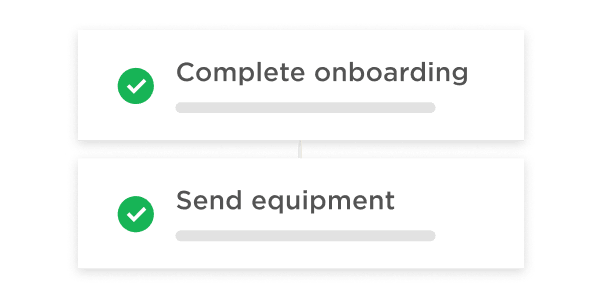
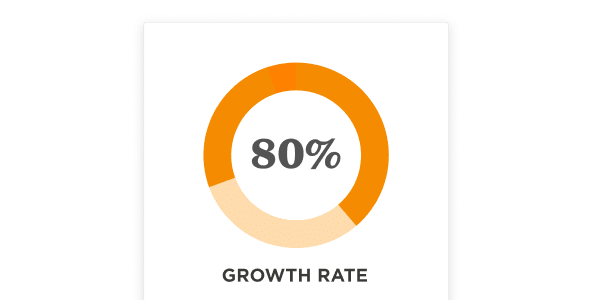

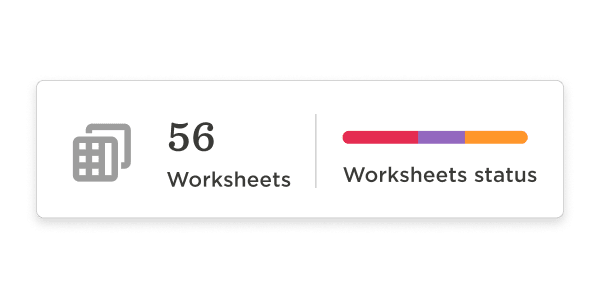

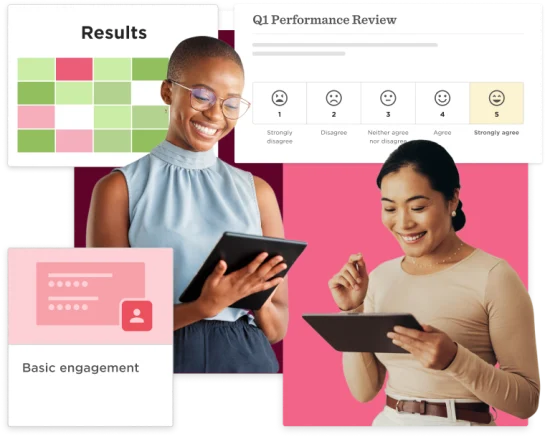
Manage your people across the organization, drive engagement, and modernize HR with agile workflows, management, and employee engagement tools. Benefit from a user-friendly comprehensive HCM software that everyone finds enjoyable to use.
All your company news, all in one place.
There’s more to core HR functionalities in Bob.
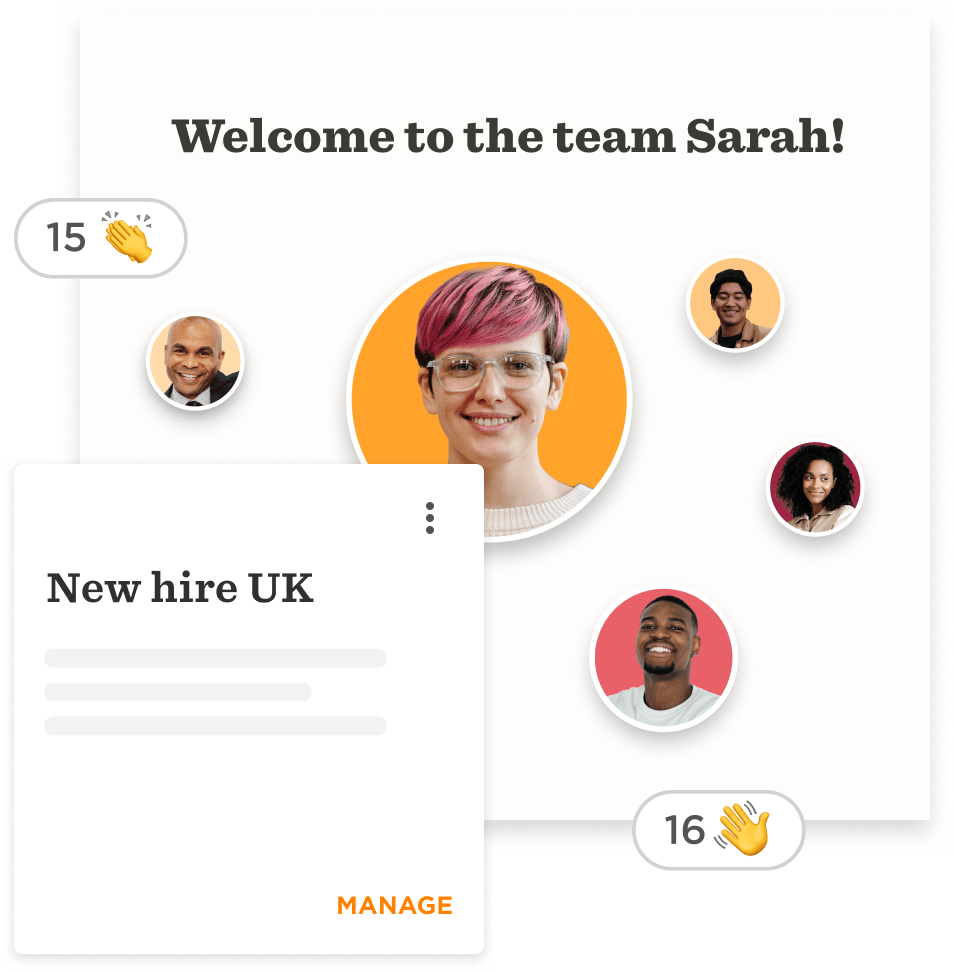

From onboarding to offboarding and everything in between, Bob’s top HCM software sets up reusable automatic workflows for any process with tasks that cover every detail.
We have been able to automate many of our processes that were previously done manually, like the entire onboarding process and annual assessments using Bob.
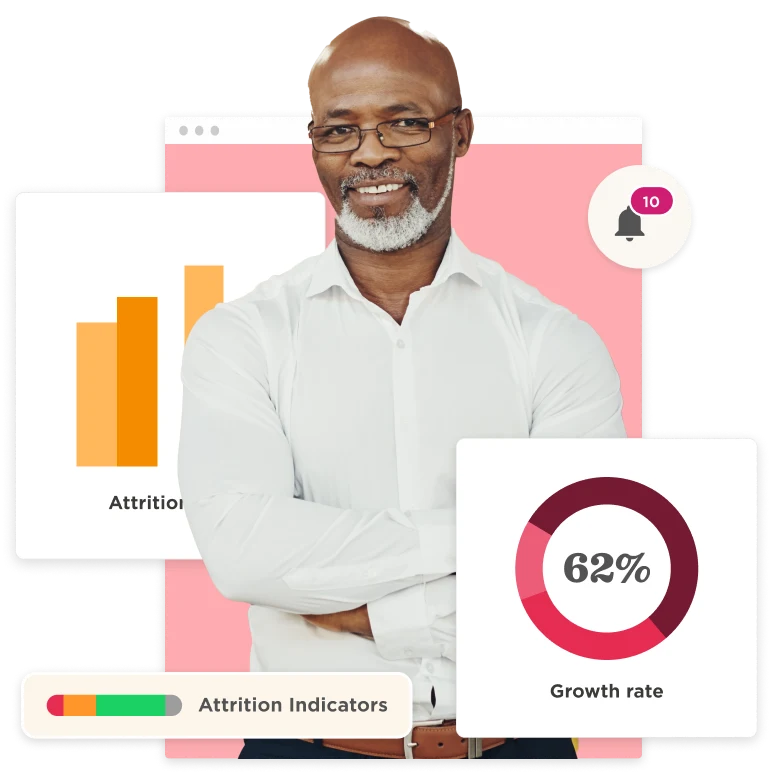

Use Bob’s People Analytics to understand the full story behind the numbers.
This powerful tool leverages real-time, cross-platform data, enabling you to derive actionable insights and make data-driven decisions.
Make informed decisions with all your people’s data centralized in one cloud-based HCM platform.


Empower your people to grow, develop, and excel with Bob’s all-in-one performance review capabilities. Ensure seamless 360-degree reviews without the clutter of emails or spreadsheets.
Stay agile and in control of every aspect of your performance management process.
I remember I think it was the end of 2020, we were doing performance reviews with our old terrible system. People weren't completing their reviews simply because they either didn't know how or they found the system so awkward and frustrating that they just gave up. We knew we couldn't be there again at the end of the next year. We were intent on finding something that offered that strong performance opportunity.
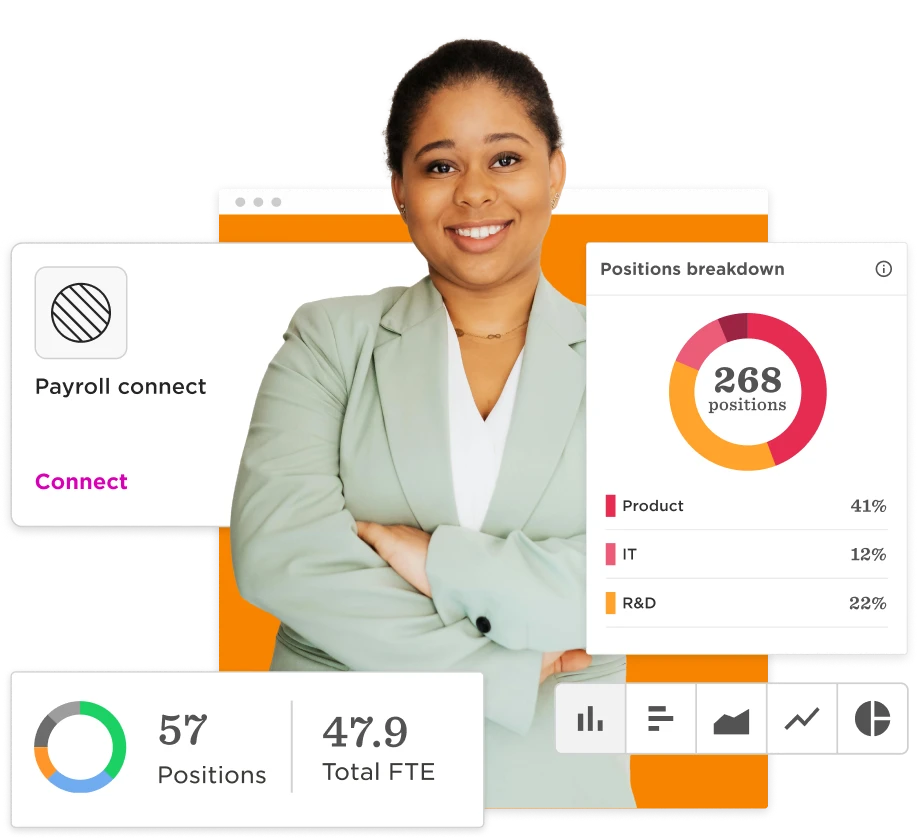

Enhance workforce efficiency by managing, planning, and tracking current and future positions. Use Bob’s HCM system to simplify scheduling, budgeting, time and attendance, and succession planning for better productivity.
Make strategic decisions on hiring to partner with the best talent on the market.


Boost payroll data accuracy and efficiency while simplifying time management across your organization.
Save time and reduce payroll errors with Bob’s integrated Payroll Hub and time-tracking features.

In an agile business environment, HR leaders and senior management are becoming ever more resourceful…
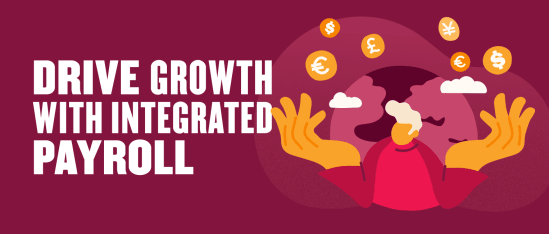
Let’s take a look at the significant advantages of utilizing an all-inclusive HCM that integrates…

What are the things that matter to IT and operations when bringing in a new…
Human capital management (HCM) refers to your overall approach to managing your people. It refers to how you invest in your people’s development and skills to increase engagement and achieve business goals.
While the term “human capital” already feels outdated, in the traditional sense, it refers to your workforce: the people who carry out the day-to-day running of your business. It also refers to the combined balance of their experience, knowledge, and skills and how you can utilize these assets to create value for your business and its customers.
HCM combines recruitment, onboarding, payroll, benefits, and performance management into one strategy, helping you drive a more efficient and effective HR process. HR leaders using HCM strategies see team members as more than numbers and understand how their engagement and satisfaction directly influence productivity.
Integrating HCM solutions can profoundly enhance organizational operations and employee engagement. Some benefits include:
Human capital management includes a comprehensive suite of HR processes. HR leaders can use HCM for:
HCM and HRMS offer similar solutions, and people often use the terms interchangeably. But there are subtle differences.
HCM is all-encompassing. It includes HR practices and HR tech to help manage all HR functions. HCM prioritizes the employee experience and strategic workforce optimization for better productivity and engagement.
In contrast, HRMS primarily refers to software applications. An HRMS focuses on managing people with an emphasis on tracking and organizing people data for better decision-making.
Because the differences between HCM and HRMS are slight, it’s important to evaluate each product’s features when shopping for HCM software.
When choosing the best human capital management software to solve your company’s problems, consider which systems can integrate with what you already have. Assess your company’s needs and any recurring issues—and prepare for future workforce trends and internal changes.
Consider which HR processes are time-consuming and need adjustment. Think about how you might change your HR processes to boost engagement and retention. And outline your company’s growth and workforce planning goals. Here are four steps to help break down the selection process into digestible tasks:
HCM extends beyond traditional human resources by integrating advanced technology and strategic management to enhance workforce value.
While HR focuses on providing essentials like payroll, training, and benefits, HCM includes elements like talent acquisition, performance management, and strategic workforce planning.
HCM prioritizes team member growth and development, fostering a supportive environment that values their career trajectories and personal achievements. This approach drives business success by aligning workforce efforts with organizational goals.
HCM software should incorporate robust data security measures designed to protect sensitive data. These include encryption, secure data storage, and compliance with privacy regulations.
Efficient HCM providers should continually update their systems to handle emerging security threats and ensure that information remains safe from unauthorized access.
The best HCM software depends on specific business needs. For organizations looking for a user-friendly design with comprehensive features, they can try Bob.
Bob excels in integrating various HR and HCM features into a single platform. It offers robust security measures, innovative tools for employee engagement, and strategic analytics.
HCM software and HRIS (Human Resource Information Systems) overlap but offer some different features.
HRIS focuses on core HR tasks like managing payroll, recruitment, and training to enhance HR department efficiency.
HCM takes a broader approach, optimizing team member efforts through strategic management, including performance evaluations and advanced analytics focusing on metrics like turnover and engagement rates.
While HRIS supports HR operations, HCM strategically enhances overall business success through comprehensive human capital management.
HR leaders are responsible for researching, choosing, strategizing, adjusting, monitoring, and evaluating the HCM system. Here are some fundamental tips for staying on track during the implementation process:
With the rise of remote work, companies have come to rely on HCM systems to ensure employee satisfaction and a pleasant employee experience. HCM helps people contextualize their roles within their company, form strong interpersonal relationships, and build community at work. When people feel connected to their co-workers, their jobs, and their company, they’re happier and can naturally contribute to building a positive company culture.
In this changing world of work, your HCM needs to have flexibility and configurability at the core. Bob lets you adapt HR processes and employee experiences on the spot. All it takes is a few clicks, and your HR platform is in sync with company changes as they happen. Bob also lets you automate workflows around the globe and allows you to localize and personalize experiences for your people, wherever they are.
Bob is designed to scale with you as your business grows. Start with Core HR to streamline your HR processes and build an inclusive culture then add or remove additional modules as you grow.
Bob’s global human capital management software is built for modern multi-national companies. With a homepage that creates a culture of communication and belonging, Bob provides employees worldwide with one unified experience. Bob’s people-first approach delivers engaging employee experiences globally.
HR leaders are responsible for researching, choosing, strategizing, adjusting, monitoring, and evaluating the HCM system. Here are some fundamental tips for staying on track during the implementation process:
With the rise of remote work, companies have come to rely on HCM systems to ensure employee satisfaction and a pleasant employee experience. HCM helps people contextualize their roles within their company, form strong interpersonal relationships, and build community at work. When people feel connected to their co-workers, their jobs, and their company, they’re happier and can naturally contribute to building a positive company culture.
